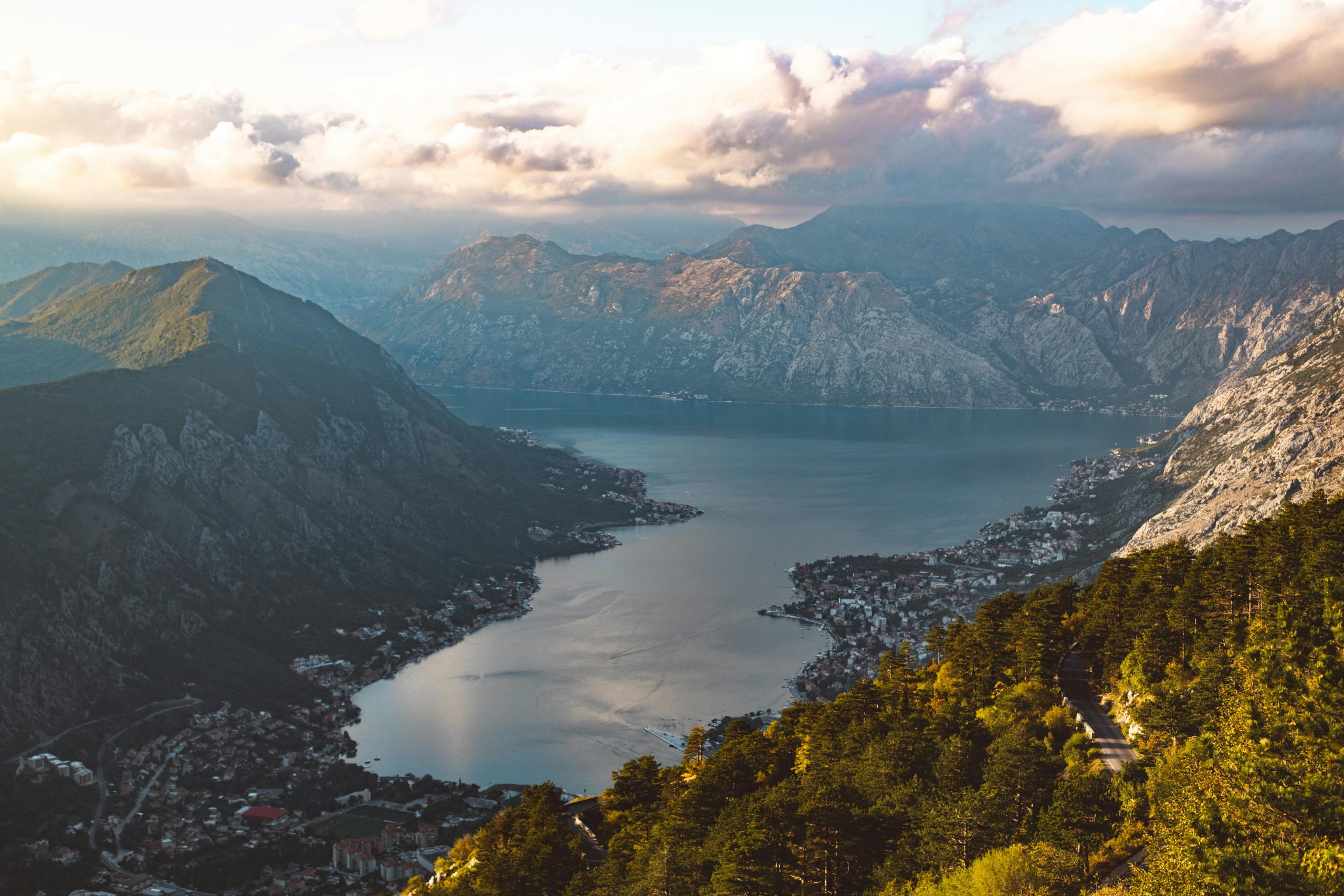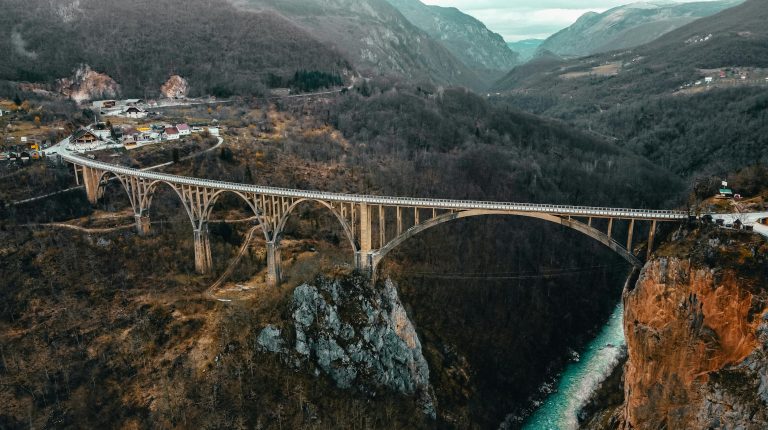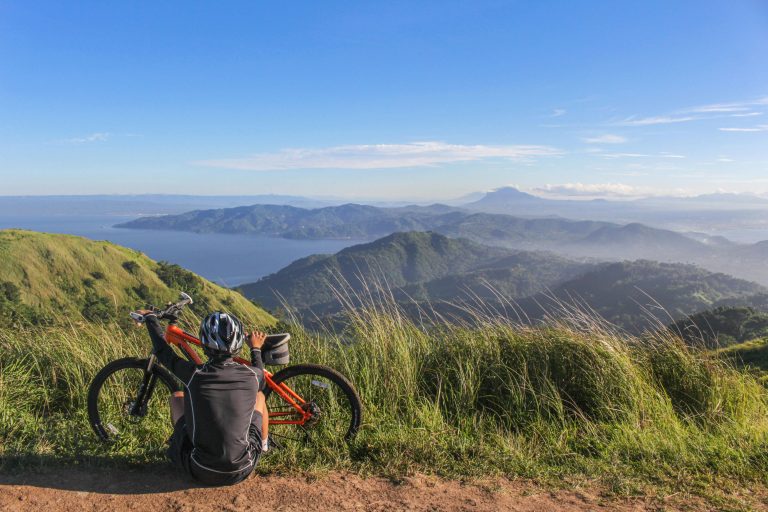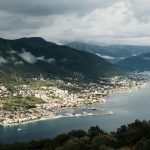Montenegro is becoming an increasingly popular travel destination in Europe, attracting visitors with its stunning Adriatic coastline, historic towns, dramatic mountain landscapes, and affordable luxury. But before packing your bags, it’s essential to understand Montenegro’s visa requirements, entry rules, and practical travel details.
Whether you’re coming for a beach vacation in Budva, a hike in Durmitor National Park, or a cultural city break in Kotor or Cetinje, this guide will help you navigate everything you need to know about visas and traveling to Montenegro.
Do You Need a Visa to Visit Montenegro?
Montenegro has a fairly relaxed visa policy, especially for tourists from Europe, North America, and many other parts of the world. In most cases, tourists do not need a visa for short stays.
Visa-Free Entry
Montenegro allows citizens of over 90 countries to enter visa-free for tourism, business, or transit for stays of up to 90 days. These include:
- EU and Schengen Area countries
- United States
- United Kingdom
- Canada
- Australia
- New Zealand
- Japan, South Korea, Singapore, and several Latin American nations
Travelers from these countries only need a valid passport (or in some cases, a national ID card) to enter Montenegro.
Visa Required Countries
If you’re from a country that is not on the visa-exempt list, you will need to apply for a Montenegrin visa before arrival. This applies to some countries in Africa, Asia, and the Middle East.
Check with your nearest Montenegrin embassy or consulate or the official Ministry of Foreign Affairs website to see if you need a visa and what documentation is required.
Schengen Visa Holders: Can You Enter Montenegro?
Yes. Montenegro is not part of the EU or the Schengen Area, but it honors valid multiple-entry Schengen visas and visas or residence permits from the UK, USA, Ireland, and EU countries.
With any of these visas or residence permits, you can enter Montenegro for up to 30 days without needing a separate Montenegrin visa. However, you must ensure your visa or permit is still valid at the time of entry.
Passport Requirements
To enter Montenegro, your passport must:
- Be valid for at least 3 months beyond your planned date of departure
- Have at least one blank page for entry stamps
For EU citizens and some others, a national ID card is acceptable for entry (check local regulations).
Length of Stay
Tourists from visa-free countries can typically stay in Montenegro for up to 90 days within a 180-day period. This means you can spend 90 days total in Montenegro, leave, and return only after 90 more days.
If you plan to stay longer, you must apply for a temporary residence permit or other appropriate visa before your tourist status expires.
Visa Extensions and Long-Term Stays
Extending your visa-free stay is generally not possible, so make plans accordingly. If you’re considering staying in Montenegro longer than 90 days for study, work, or family reasons, you’ll need to apply for a temporary residence permit from the Ministry of the Interior once you’re in the country.
Note that visa overstays can result in fines, deportation, or entry bans, so always ensure you’re complying with Montenegrin immigration law.
Entry at Borders: What to Expect
Montenegro shares land borders with Croatia, Bosnia and Herzegovina, Serbia, Kosovo, and Albania. You can enter by car, bus, or train, and border crossings are usually straightforward. However, during peak travel seasons (especially summer), delays are common, particularly at the Croatia–Montenegro border near Herceg Novi.
At entry, border officials may ask for:
- Your passport or ID
- Proof of accommodation (hotel booking, rental confirmation)
- Proof of sufficient funds for your stay
- A return or onward travel ticket
Though not always requested, it’s a good idea to have these on hand.
Montenegro’s Path to EU Membership
Montenegro is not currently a member of the European Union, but it is an official candidate country and has been in the negotiation process since 2012. While EU membership may impact visa and border rules in the future, for now, Montenegro has its own independent visa policy.
Once Montenegro joins the EU—likely within the next several years—travel rules may more closely resemble the Schengen framework.
Getting to Montenegro
By Air
Montenegro has two international airports:
- Podgorica Airport (TGD) – Near the capital, serves many European cities
- Tivat Airport (TIV) – Close to Kotor and the coast, very popular in summer
Major carriers and low-cost airlines offer seasonal and year-round flights from major hubs like London, Frankfurt, Paris, Vienna, and Istanbul.
By Land
Montenegro is well-connected to neighboring countries by road. Buses are frequent and affordable, with international connections from:
- Dubrovnik, Split, and Zagreb (Croatia)
- Sarajevo and Mostar (Bosnia and Herzegovina)
- Belgrade and Novi Sad (Serbia)
- Tirana (Albania)
Driving your own car or renting one is also common, especially for exploring national parks and hidden beaches. You will need a valid driver’s license, proof of insurance, and vehicle registration. Some car rental agencies may also provide a “green card” (proof of international insurance) for cross-border travel.
By Sea
Ferries are limited but do run between Bar (Montenegro) and Italy (mainly Bari) during the warmer months.
Travel Insurance and Health Coverage
While not mandatory for all travelers, comprehensive travel insurance is strongly recommended. It should cover:
- Emergency medical expenses
- Trip cancellations
- Baggage loss or theft
- Travel delays
EU citizens with an EHIC or GHIC card are not covered in Montenegro, as the country is outside the EU. Private insurance is essential for all visitors.
Currency and Payment
Montenegro uses the euro (€) even though it is not an EU or eurozone member. This makes it convenient for most European travelers. Credit cards are widely accepted in cities, but carry cash when visiting smaller villages, national parks, or local markets.
Final Tips Before You Travel
- Language: Montenegrin (closely related to Serbian, Croatian, Bosnian)
- Time zone: Central European Time (CET/UTC+1), Central European Summer Time in summer
- Emergency number: Dial 112 for police, ambulance, or fire services
- Plugs & voltage: Type C and F plugs, 230V
- Tipping: 5–10% is customary in restaurants and cafes
Conclusion
Montenegro is welcoming and easy to navigate for most international travelers, especially those from Europe, North America, and other visa-exempt countries. With a clear visa policy, reliable transport options, and stunning scenery, it’s a destination that combines natural beauty with cultural depth.
Whether you’re coming for a short summer holiday or considering a longer stay, knowing Montenegro’s visa and travel rules will help ensure a smooth, stress-free visit.







